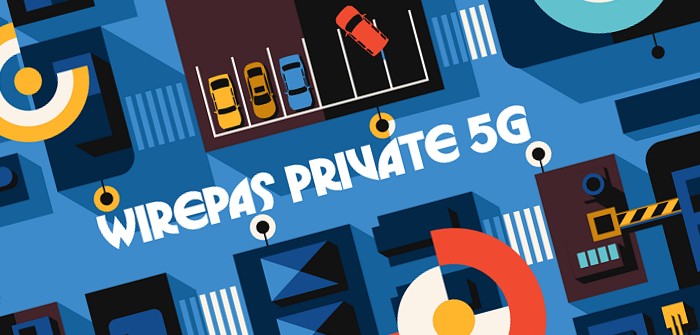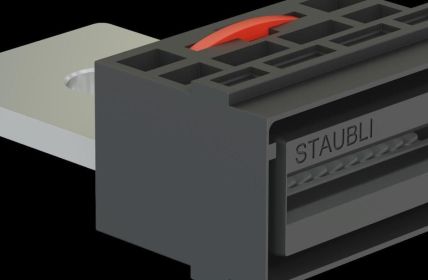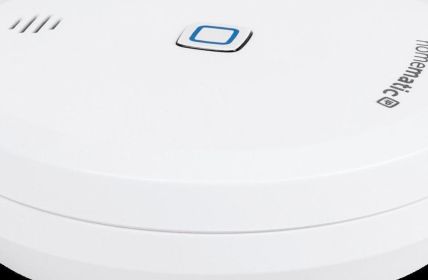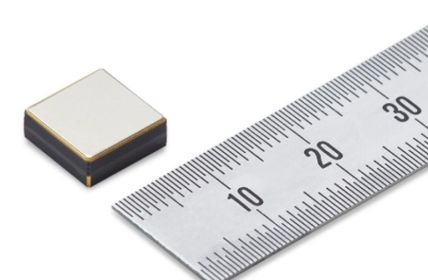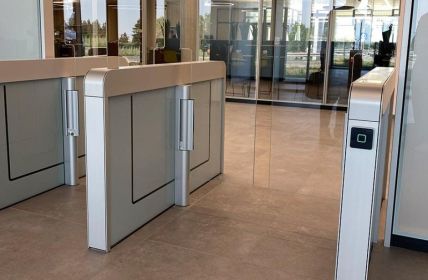The first non-cellular 5G technology standard has been recognized by the International Telecommunication Union in the Radiocommunications sector (ITU-R). As a result, it is now also included in the IMT-2020 technology recommendation as part of the 5G standards.
Table of Contents: What awaits you in this article
Non-Cellular 5G: Connectivity reimagined
The new standard sets an example for connectivity of the future. Infrastructure-less and autonomous, the technology is designed for massive enterprise IoT networks. The Finnish company Wirepas is instrumental in the new 5G standard. Its mission: to democratize the Internet of Things.
5G access for all
Teppo Hemiä, CEO of Wirepas, comments, “We believe that cutting-edge technology at affordable prices is the foundation for an equal business environment and world. Wirepas has made its revolutionary Mesh technology accessible to everyone and built the resulting 5G IoT standard from the ground up so that anyone can afford and understand it – including small and medium-sized businesses. This is the first technology to cost-effectively connect millions of devices and the first step toward digitization for the masses. And it’s just the beginning.”
Autonomous, self-sufficient and lower costs
In fact, with Non-cellular 5G, this technology is now accessible to everyone. Any company will be empowered to deploy and manage its own network autonomously, without an intermediary operator. Streamlined in this way, lifecycle costs account for only one-tenth of previously known 5G networks. It also makes enterprises more self-sufficient. They can now operate without recurring connection charges or intermediaries, as well as use and store generated data according to their needs.
New 5G standard ensures efficient use of spectrum
Spectrum is another important aspect of democratizing 5G. Available radio spectrum can now be used more efficiently thanks to a new standard. “There is a lot of talk about private networks, but this is the first 5G technology that can support the operation of shared spectrum and multiple local networks in mobile system frequencies. We see this as a fundamental requirement for widespread digitization for everyone. The new standard provides immediate access to a free, dedicated 1.9 GHz frequency on an international scale. This is a perfect match for Massive IoT.” said Jussi Numminen, Head of RF at Wirepas.
Decentralized network as a big advantage
One of the biggest differences and also advantages of the new non-cellular 5G to cellular 5G is the decentralized network. Each device here is a network node and at the same time empowered to be a router, virtually its own base station. If a new device is to be implemented in the network, this also works autonomously. In case of a device failure, the connection is redirected without any intervention. Conclusion: Reliable communication is provided, which optimizes the resilience of the networks and eliminates individual points of failure.
Ecological footprint is reduced
The ecological footprint is also significantly reduced with a decentralized IoT mesh network. According to a recent study conducted at the University of Tampere in Finland, compared to a traditional cellular network structure with the same transmission power, it results in approximately 60 percent better energy efficiency at the system level. CEO Hemiä of Wirepas believes this figure will even increase.
5G IoT standard for whom?
The new 5G IoT standard is ideal for companies operating in areas such as Industry 4.0, building management systems, smart metering systems, smart cities, as well as logistics. By scaling future communication layers on a large scale, it opens up opportunities for new use cases. For example, non-cellular 5G can help with urbanization bze. building smart cities. Teppo Hemiä concludes, “This new 5G IoT standard was the missing element for the widespread adoption of IoT. We already know that only 5 percent of the things that will be connected already are. To connect the remaining 95 percent, we need to break away from the current approach and take a new path. We see the new standard as the beginning of a new era of connectivity.”
DECT-2020 NR is currently the name of the new 5G IoT standard being developed by ETSI (which is the ETSI TS 103 636 series). The standard was published last year. Next year, the first product, Wirepas Private 5G, will be available.


